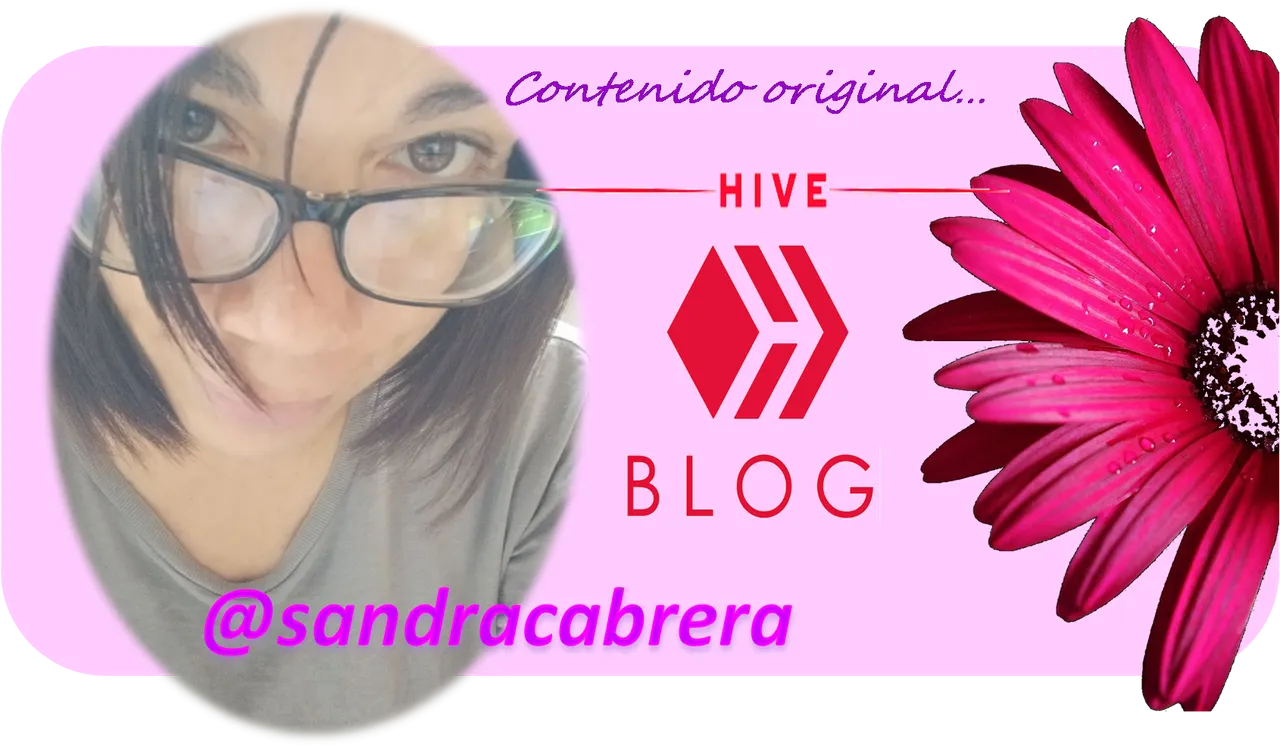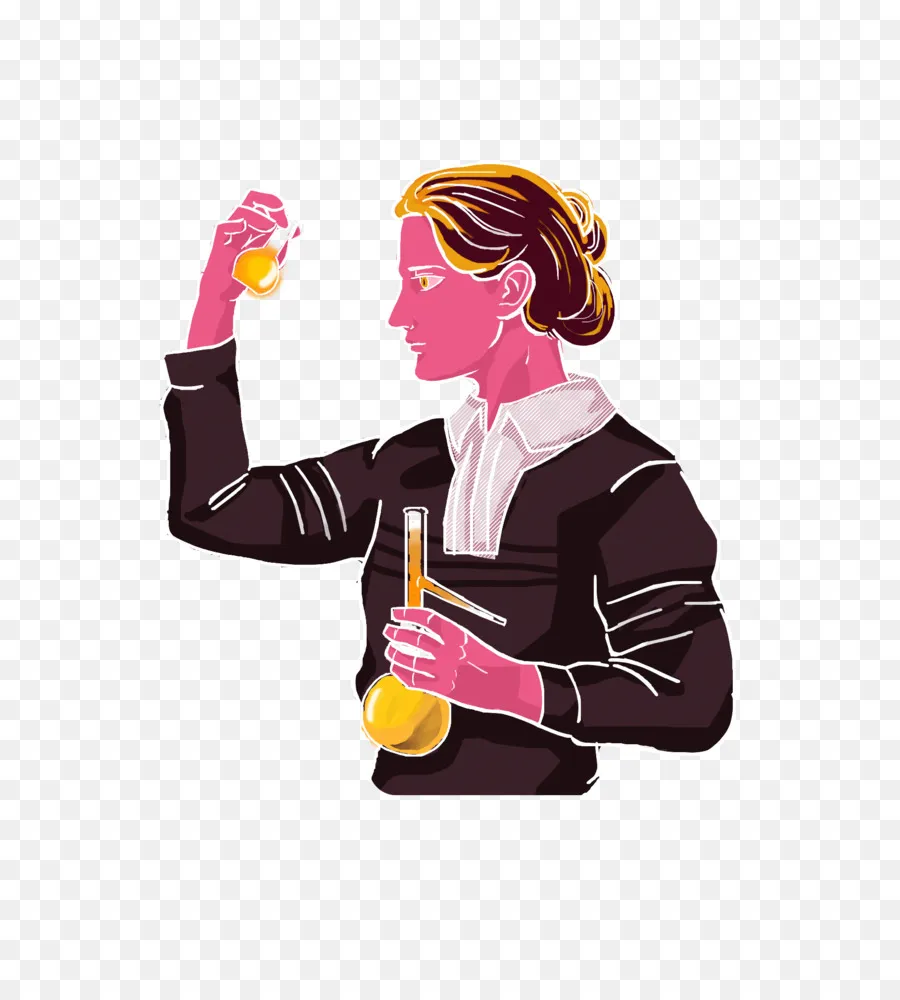Hola amigos de Hive, a todas las mujeres de este panal y en especial a las que forman parte de la comunidad de @ladiesofhive.
Las mujeres siempre han tenido un sitio privilegiado en la historia, no solo por su constitución natural, sino también por sus logros y contribuciones de las ciencias y el conocimiento. En este sentido, he querido compartir con ustedes un compendio donde destaco a 4 mujeres que han exaltado el género desde sus aportes al progreso de las ciencias en función de mejorar la calidad de vida de los seres humanos.
Revelaré sus nombres en la medida que realice cada una de estas entregas. Hoy …
Marie Curie
"Nada en la vida debe ser temido, solamente comprendido. Ahora es el momento de comprender más para temer menos"
Proverbia
Mi nombre real es María Salomea Skłodowska-Curie, pero todos me conocen por Marie Curie. Nací un frío día de invierno en Varsovia, la capital de Polonia, un 07 de noviembre de 1867, en plena ocupación Rusa a mi país. Recuerdo que desde muy pequeña me gustó explorar el ambiente y observar la naturaleza; luego mi curiosidad me llevó a mezclar sustancias para ver cómo reaccionaban, así se fue afianzando mi inclinación definitiva por las ciencias.
Siempre me gustó estudiar, me gradué con honores en un país donde se prohibía a las mujeres la entrada a la universidad; pero no solo eso, sino a cualquier forma de educación superior, motivo por cual viajé a París con la finalidad de proseguir estudios en física, química y matemática.
Obtuve mi titulación en esas carreras, pero no fue fácil porque no dominaba el idioma francés, además estaba en un país ajeno a mis costumbres y a mi rutina de vida. Posteriormente obtuve un doctorado en física, fui la primera catedrática en la Universidad de la Sorbona de París, la primera mujer en obtener dos premios Novel…fui pionera en muchos sentidos.
Sé que estos logros causaron revuelo entre los círculos académicos, sobre todo entre los hombres; pero me guiaban los propósitos impostergables del conocimiento, por los que aposté hasta el día de mi muerte.
Cuando tenía 27 años conocí a Pierre, un apuesto e inteligente profesor de física. Descubrimos que compartíamos muchas cosas en común, entre ellas la pasión por la investigación y por las ciencias. Así, nos convertimos en más que compañeros sentimentales, fuimos equipo en el descubrimiento de dos elementos químicos nuevos: el polonio y el radio, y su comportamiento en relación con fenómenos radioactivos, lo que nos acreditó para recibir el Novel de física, junto con nuestros amigo Antoine Henri Becquerel, quien descubrió la radioactividad.
Premio Nobel en Física en 1903
"En reconocimiento de los extraordinarios servicios que han dado sus investigaciones conjuntas sobre el fenómeno de la radiación descubierta por el prof. Henri Becquerel".
Mujeres Pa'lante
Tuve la fortuna de ser madre: dos hijas. Irene, quien se convirtió en una científica destacada y obtuvo junto con su esposo el Nobel de Química de 1935 y Ève, escritora y mi gran confidente, lo cual la acreditó para escribir mi biografía.

Nunca olvidaré cómo una clara y fría mañana del 19 de abril murió Pierre, en un infortunado accidente que le quitó la vida una clara y fría mañana del año 1906. No puedo negar que esto minó mis ánimos y agotó la voluntad de continuar las investigaciones que aun teníamos en pleno auge; pero al mismo tiempo el hecho mismo de su desaparición me infundió ánimos para seguir, como él lo hubiera querido.
Pasé el duelo entre recuerdos, un luto que no me quitaría hasta el día de mi muerte, la semioscuridad de las horas que sin darme cuenta invadían el día, decantaciones, destilaciones y los vapores del polonio. Así fue como cinco años después, en 1911, recibí por segunda vez el premio Novel.
Premio Nobel en Química en 1911
"En reconocimiento a sus servicios para el avance de la Química al descubrir los elementos radio y polonio, por medio del aislamiento del radio y el estudio de la naturaleza y los componentes de este sorprendente elemento."
Mujeres Pa'lante
Fui nombrada directora del Instituto de Radio, en Paris y fundé un instituto que lleva mi nombre: Instituto Curie.
El último período de mi vida lo pasé con anemia aplásica, es una condición patológica porque mi cuerpo ya no podía producir la cantidad suficiente de nuevas células sanguíneas, debido a mi alta exposición a los elementos radioactivos sin una debida protección.
En 1934 mis ojos vieron por última vez la luz… esa fue mi gran metáfora: entregué mi vida por el avance de la ciencia.

Referencias.
Gracias por haber llegado hasta el final de esta publicación, con gusto te contestaré si deseas hacer un comentario.


A continuación una versión en inglés utilizando el traductor de Google.
Below is an English version using Google translate.
Hello friends of Hive, to all the women of this honeycomb and especially to those who are part of the @ladiesofhive community.
Women have always had a privileged place in history, not only because of their natural constitution, but also because of their achievements and contributions to science and knowledge. In this sense, I wanted to share with you a compendium where I highlight 4 women who have exalted gender from their contributions to the progress of science in order to improve the quality of life of human beings.
I will reveal their names as I make each of these deliveries. Today …
Marie Curie
"Nothing in life should be feared, only understood. Now is the time to understand more to fear less"
Proverb
My real name is Maria Salomea Skłodowska-Curie, but everyone knows me as Marie Curie. I was born on a cold winter day in Warsaw, the capital of Poland, on November 7, 1867, in full Russian occupation of my country. I remember that from a very young age I liked to explore the environment and observe nature; then my curiosity led me to mix substances to see how they reacted, thus consolidating my definitive inclination for science.
I always liked to study, I graduated with honors in a country where women were prohibited from entering university; but not only that, but to any form of higher education, which is why I traveled to Paris in order to continue studies in physics, chemistry and mathematics.
I obtained my degree in those careers, but it was not easy because I did not speak the French language, and I was also in a country foreign to my customs and my life routine. Later I obtained a doctorate in physics, I was the first professor at the Sorbonne University in Paris, the first woman to win two Nobel prizes… I was a pioneer in many ways.
I know that these achievements caused a stir in academic circles, especially among men; but I was guided by the urgent purposes of knowledge, for which I bet until the day of my death.
When I was 27 years old I met Pierre, a handsome and intelligent physics teacher. We discovered that we shared many things in common, including a passion for research and science. Thus, we became more than sentimental partners, we were a team in the discovery of two new chemical elements: polonium and radium, and their behavior in relation to radioactive phenomena, which accredited us to receive the Nobel Prize in Physics, together with our friend Antoine Henri Becquerel, who discovered radioactivity.
Nobel Prize in Physics in 1903
"In recognition of the extraordinary services rendered by their joint investigations into the phenomenon of radiation discovered by Prof. Henri Becquerel."
Pa'lante Women
I was fortunate to be a mother: two daughters. Irene, who became an outstanding scientist and won the 1935 Nobel Prize in Chemistry with her husband, and Ève, a writer and my great confidant, which gave her credit for writing my biography.

I will never forget how Pierre died on a clear and cold morning on April 19, in an unfortunate accident that took his life on a clear and cold morning in the year 1906. I cannot deny that this sapped my spirits and exhausted the will to continue the investigations that we were still in full swing; but at the same time the very fact of his disappearance encouraged me to continue, as he would have wanted.
I spent the duel between memories, a mourning that would not leave me until the day of my death, the semi-darkness of the hours that without realizing it invaded the day, decantations, distillations and polonium fumes. That was how five years later, in 1911, I received the Nobel Prize for the second time.
Nobel Prize in Chemistry in 1911
"In recognition of his services to the advancement of Chemistry in discovering the elements radium and polonium, through the isolation of radium and the study of the nature and components of this amazing element."
Pa'lante Women
I was appointed director of the Radio Institute in Paris and founded an institute that bears my name: Curie Institute.
The last period of my life I spent with aplastic anemia, it is a pathological condition because my body could no longer produce enough new blood cells, due to my high exposure to radioactive elements without proper protection.
In 1934 my eyes saw the light for the last time... that was my great metaphor: I gave my life for the advancement of science.

References.
Thank you for reaching the end of this publication, I will gladly answer you if you wish to make a comment.




